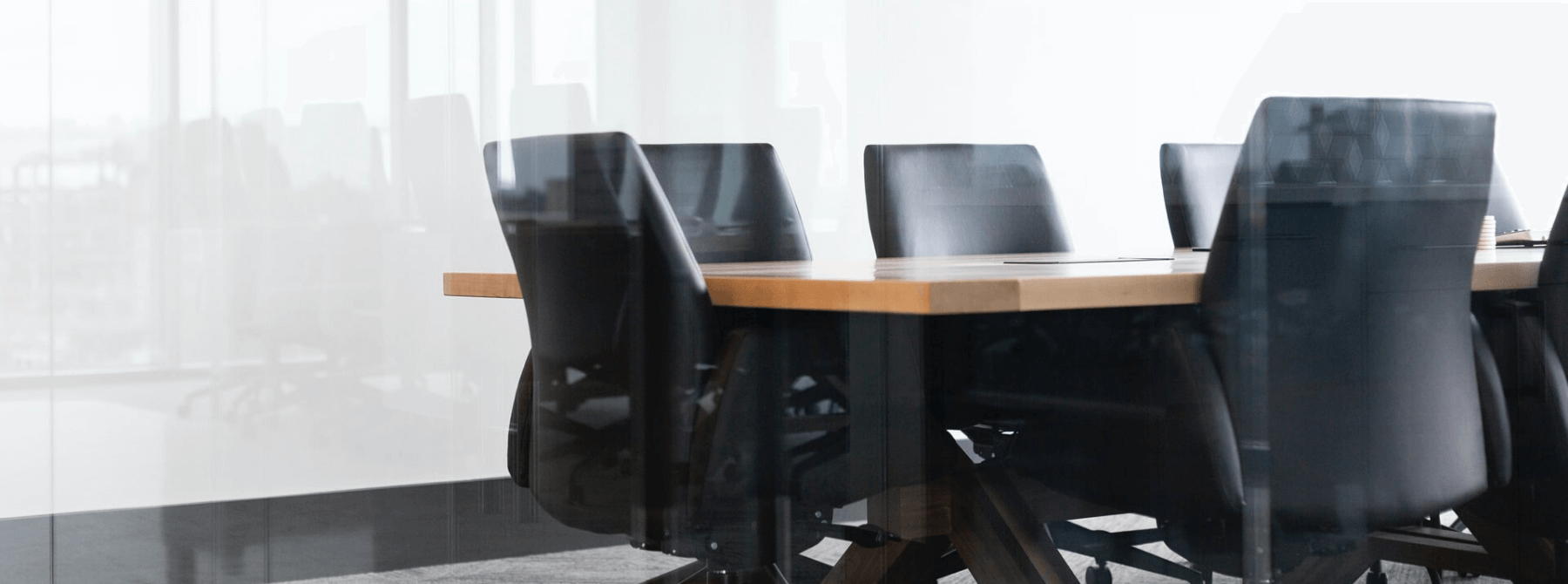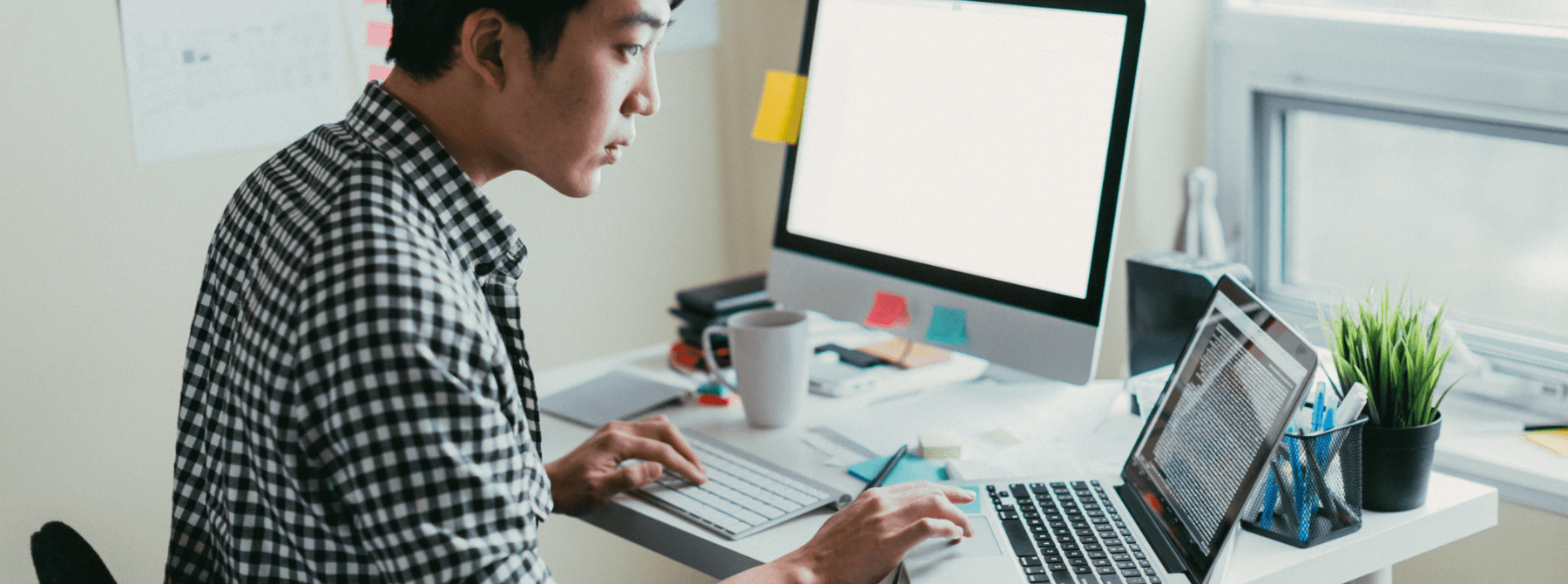
Post-Pandemic: Why Companies Should Shift Real Estate Budget to Digital and the Employee Experience


For most businesses, the largest expense on their P&L is people. The second largest is real estate. But in the post-COVID reality, I believe a business’s need for office space will change. They may not want additional square footage as their team grows. Certainly, the density of their office space will change, or perhaps they may not even need the space they already have.
So, what should your company do with its budget formally allocated for leases and physical office space? Move these funds to digital — specifically, to enhance and support a world-class, physically distant employee experience.
The employee experience encompasses everything employees think, feel and do as they collaborate and journey through your company — from onboarding to their day-to-day job function to how they interact with managers, colleagues and Human Resources. Right now, nearly every knowledge worker is operating remotely due to COVID-19. When the pandemic is behind us, we will return to the office, but not all at once, and work will be forever changed.
Even before the novel coronavirus, 54% of employees surveyed in a Gallup workplace poll said they would leave their job for one that offers more flexibility. Gallup also found that “three in five U.S. workers who have been doing their jobs from home during the coronavirus pandemic would prefer to continue to work remotely as much as possible.”
The pandemic proves how effective remote working can be. I will take my own experience as an example. Before March 2020, if I wasn’t on the road, I was at our headquarters in Chicago 99% of the time. Now I am exclusively working from home. I cannot wait to get back to the office, but there is no way I am going from 0% to 99% overnight, or maybe ever again. I suspect I will spend more like 60% of my time in the office once it is safe to go back.
Your employees will expect similar flexibility, depending on their job function. Not to mention that medical experts predict future flare-ups even after this surge is under control. As a society, we have been conditioned to respond to these health threats differently now. If I learn one of my employees has been exposed to the coronavirus, or maybe even the flu, I am going to lock down the office immediately to protect our team, partners and clients. Schools will certainly practice an abundance of caution, causing childcare challenges that will deem work-from-home essential for many parents.
So, to do business effectively now and in the future, and to keep up with employee expectations, you need to invest in digital tools and processes. I am not talking haphazard solutions thrown together in a hurry by teams forced to go virtual overnight. I am talking about thoughtful, sustainable approaches.
Defining the Post-COVID Employee Experience
Millennials, many of whom are digital natives, will comprise 75% of the workforce by 2025. This population expects access to the same types of tools they are accustomed to in their personal lives at the workplace. In this way, COVID-19 is a forcing function, accelerating changes companies already knew they should be making. Businesses that have started investing in digital solutions will do so faster. Those that haven’t will have no choice but to get going.
Designing an effective employee experience, particularly for large organizations, includes implementing communication and collaboration tools that mirror the way you operate “in real life.” Information needs to move as quickly inside your organization as it does in the outside world, and employees need to be able to do everything they do at work from their homes.
Many global organizations have elements in place to support effective employee communication, whether that is Slack, Microsoft Teams, Zoom, SharePoint, Salesforce or all of the above. But employee experience goes beyond tools. Companies need to weave digital tools together to create an all-inclusive experience — one in which employees aren’t wasting time figuring out when to use which platform or struggling to locate a nugget of knowledge that could be across a number of communication channels.
Once you have mastered the basics, you can reallocate real estate budget to solutions that will transform your organization’s employee experience into a competitive advantage. For example, you could tap AI/ML technology to create a self-improving, self-service tool for answering employees’ common HR questions, saving your company time and headcount. Or you could use technology to automate workflows and processes, freeing up team members’ headspace for more meaningful tasks.
The Intrinsic Link Between the Employee and Customer Experience
Most industry leaders know they need tools and processes for surprising and delighting their customers at every touchpoint. But they don’t realize the employee experience is intrinsically linked to CX. Employees are the ultimate brand ambassador, interacting with your customers daily. Zappos is the poster child for cultivating this CX/EX synergy. They empower their employees to surprise and delight customers, and they invest in keeping them happy and productive.
A customer could have a seamless experience on your e-commerce platform, but if the order arrives late, without a heads up to the customer, your brand image is tarnished. What caused the delay or at least the communication oversight? Insufficient employee tools, processes and behaviors.
Designing and protecting an effective employee experience is challenging, complicated and ongoing work, but it has never been more pressing. These solutions are as critical to your organization’s success as accounting and ERP software. And in the post-COVID world, they are probably more meaningful than physical real estate.
By using office space budget to make these investments, you will not only ensure your business can work effectively in spite of COVID-19 or similarly unforeseen interruptions; you will ensure employees are effective all the time, no matter what. Your new normal will be nearly disruption-proof.


